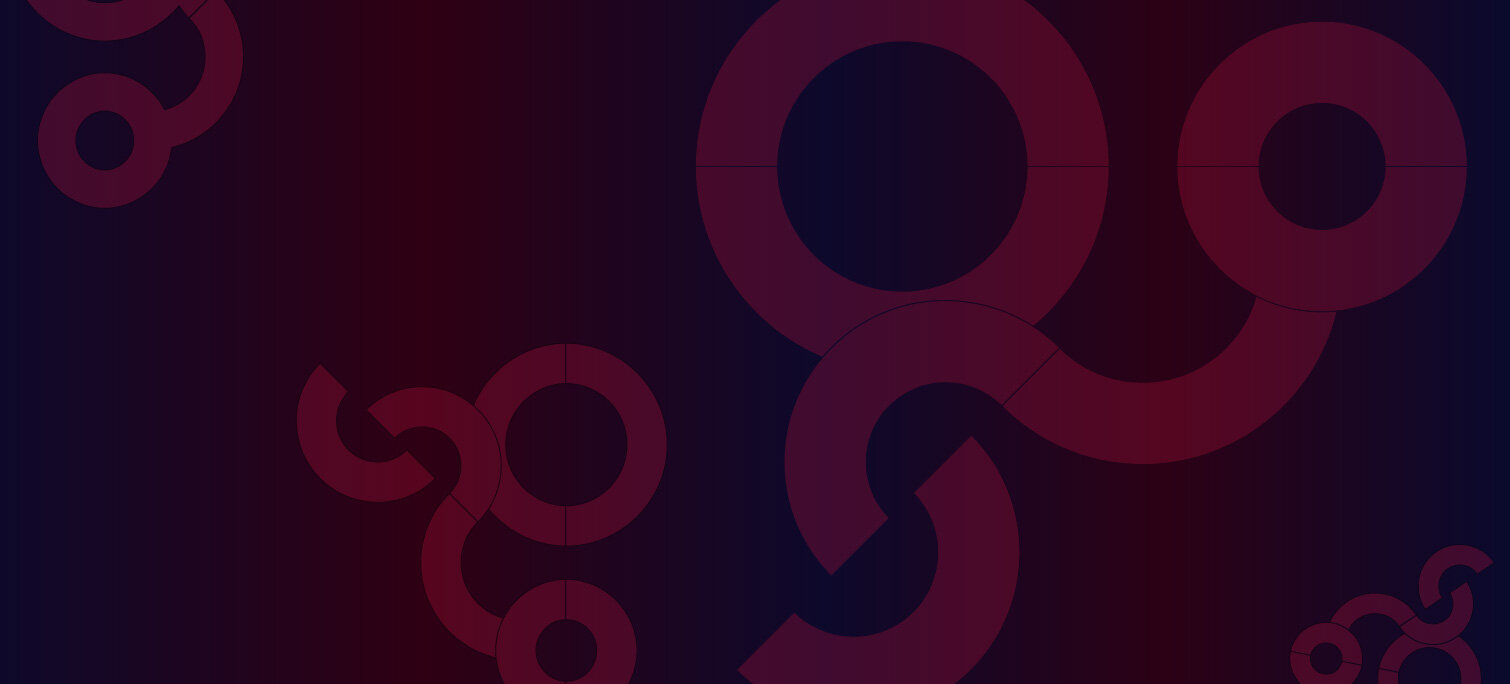Technology’s impact on the employee experience
The Experience Trifecta
This is the first of a two-part series on what we call the experience trifecta: combining technology, employee experience and customer experience to create a better communication and collaboration environment that translates to better business outcomes.
SPONSORED POST | Written by Greg Kihlström
There is more than one way to improve employee and customer experience, but there is one thing of which you can be certain: applying technology that fosters better communication and collaboration with internal teams allows employees to have better work experiences and provide a better experience to end customers. This is easier said than done in a solely in-office work environment. But with the hybrid work model, which has some employees continuing to work remotely part of the time and others in the office most or all of the time, there are additional requirements and complications.
This is the first of a two-part series on what we call the experience trifecta: combining technology, employee experience and customer experience to create a better communication and collaboration environment that translates to better business outcomes. We’ll begin by exploring technology’s role and impact on the employee experience.
Employees need to do everything from everywhere
While the business landscape continues to shift, one thing is certain: remote and hybrid work is here to stay. Because of this, employees aren’t thinking of “work from home” or a hybrid mix of some days in the office and some days from home as a temporary situation. They need to get their work done whenever they want and wherever they happen to be. Simply cutting back on remote work isn’t an option either, as Forrester predicts that the 30% of companies not supporting this will see monthly resignation rates as high as 2.5% in 2022.This means meetings, collaboration, file sharing, screen sharing and more need to be accessed from laptops, desktops, smartphones, and tablets in the office or around the world. Nothing hinders the potential for collaborative innovation like technical hurdles or waiting on unreliable or inconsistent user experiences when switching locations and devices.
Employees need be able to do anything from anywhere, and everything from everywhere. Make sure your communication and collaboration tools are up to the challenge!
Technology needs to allow more effective communication (not just more meetings)
Have you experienced an increase in the number of meetings throughout your day with the increase in remote work? You’re not alone. Radar.ai reports that as of November 2021, professionals are spending 25.3% more time in meetings (about 6.7 more hours per week on average) as they were in February 2020, with over 300% more time being spent in one-on-one meetings. Unfortunately, this increase in meetings isn’t corresponding with an increase in productivity. If anything, this is preventing important work from getting done!
While this may sound discouraging, there is great potential for technology to improve communication, collaboration and even productivity. When you can connect and collaborate easily, consistently and from wherever you are, you can reduce the time needed for meetings and increase meaningful interactions that enable work to get done effectively. Additionally, when you can more easily share your screen and files, with reliable connectivity using proven technologies, you and your team will see how the right technology products and solutions save time and effort.
Technology has the ability to keep your employees connected, engaged and more productive. The key is in identifying the right technology that enhances your team’s ability to deliver great work.
Keeping employees engaged in their work and increasing retention
Employee engagement is a critical component of business success. Engaged workers are more productive, more likely to stay with the business, and better equipped to provide a good customer experience.
While there are many factors that go into keeping employees engaged and motivated--including leadership, company culture and job fulfillment--technology continues to play a key role. In fact, 82% of respondents in a recent research study said their happiness at work is significantly impacted by the technology used in their work environment.
So how do you increase employee engagement? While there are a lot of ways to do so, one method is to utilize the best technology products and solutions that reduce frustration, downtime and help employees share and implement their great ideas.
If you haven’t already, start thinking about technology as an enabler of great work and communication. Also, make engagement a collaborative exercise and work with your teams to find the best ways to work and share ideas. You might be surprised at the innovative ideas that your team members may have!
As you can see, technology has many roles in improving and enhancing the employee experience. The right application of communication and collaboration solutions can make a big difference in engagement, productivity and how your team ultimately contributes to customer success.
Stay tuned for part two
This was the first step in talking about the experience trifecta, or the special relationship between technology, employee experience, and the customer experience. Be on the lookout for our next article, where we’ll complete the trifecta and explore the relationship between employee and customer experience.
To learn more about how to achieve greater employee and customer experience success with our communications and collaboration products and solutions, contact your Mitel certified partner.
This post was sponsored by Mitel, but the opinions are my own and don’t necessarily represent Mitel’s positions or strategies.
Thrive in the changing world of work
Contact us for more information on how you can create a more agile organization and workforce.


